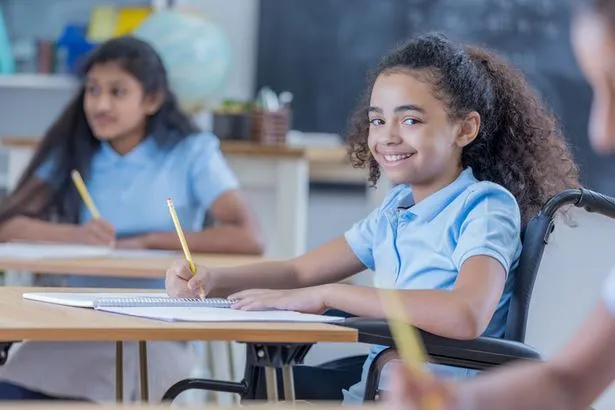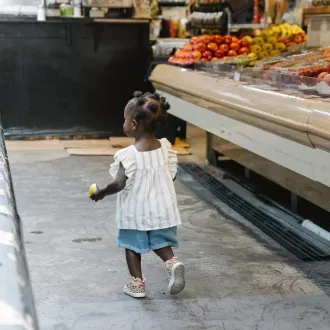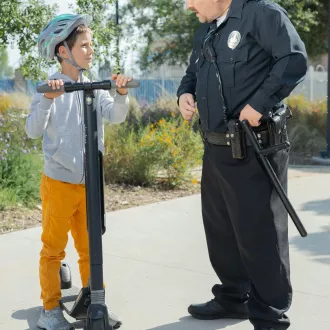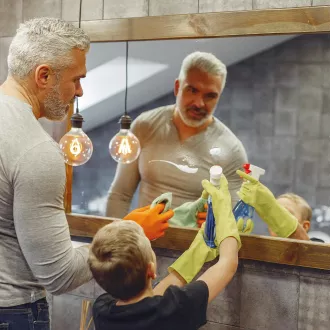Transcription How to promote safety and risk prevention?
As children grow older, it is important that they acquire skills to take care of their personal hygiene independently and safely. However, as parents and caregivers, it is our responsibility to ensure that children learn to do so safely. In this guide, we will address some effective strategies to promote safety and risk prevention in children's personal hygiene.
Identifying personal hygiene hazards
Before we can encourage children's personal hygiene safety, it is important that we identify potential hazards. Some of the most common personal hygiene hazards include:
- Burns from water that is too hot.
- Cuts or punctures from using scissors or tweezers.
- Falls in the bathtub or shower.
- Ingestion of toxic or hazardous products, such as cleaning products.
Once we identify these risks, we can take steps to avoid them.
Teaching personal hygiene skills
It is important to teach children to take care of their personal hygiene from an early age. However, to ensure their safety, it is important to supervise them closely and teach them how to do it safely. Some skills we should teach children to promote safe personal hygiene include:
- Tooth brushing: Teach your child to brush their teeth properly and use the correct amount of toothpaste. Make sure children rinse thoroughly after brushing to avoid swallowing toothpaste.
- Handwashing: Teach your child to wash his or her hands before eating, after toileting, and after playing outdoors. Make sure children use warm water, soap and wash their hands for at least 20 seconds.
- Shower or bath: Teach them to get in and out of the bathtub or shower safely and to stay away from hot faucets. Also make sure children do not play with dangerous objects in the bathroom, such as scissors or tweezers.
Supervision and monitoring
It is important to supervise children closely during personal hygiene, especially when they are very young. As children acquire skills, you can supervise them from a safe distance, but it is important to be close by in case of an emergency. In addition to supervising children during personal hygiene, it is also important to monitor the environment. Keep dangerous objects, such as scissors and tweezers, out of children's reach. Storing cleaning products in a safe place and out of children's reach is also important.
Using safe products
Another way to promote safety and risk prevention in personal hygiene is to ensure that safe products are used. It is important to carefully read labels on personal hygiene products to make sure they do not contain hazardous substances. Organic and natural products are a good choice, as they tend to be less aggressive to the skin. In addition, it is important to make sure that children use personal hygiene products that are appropriate for their age and developmental level.
risk prevention




